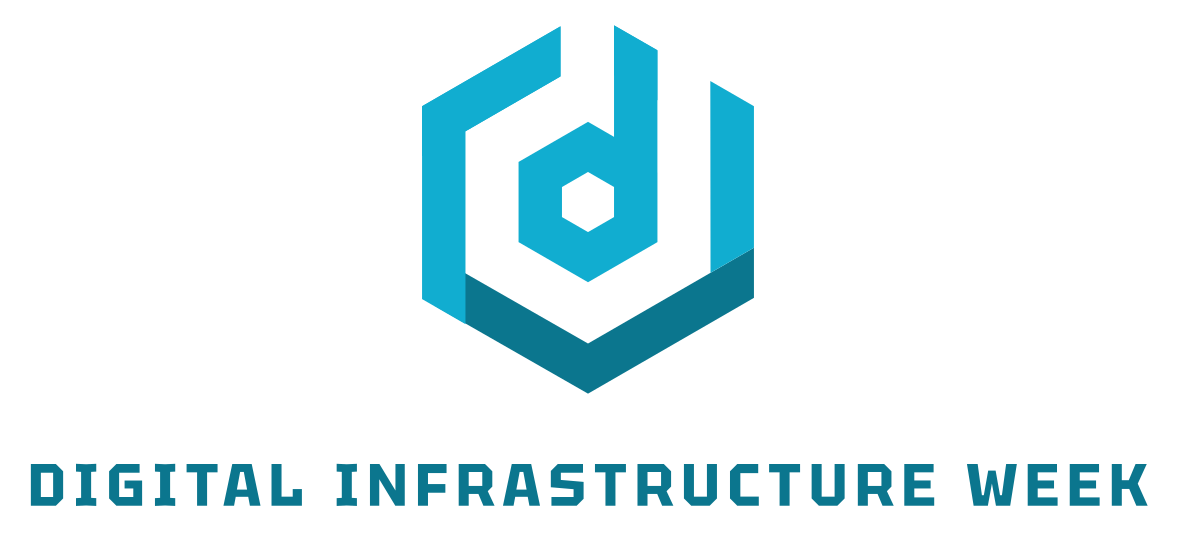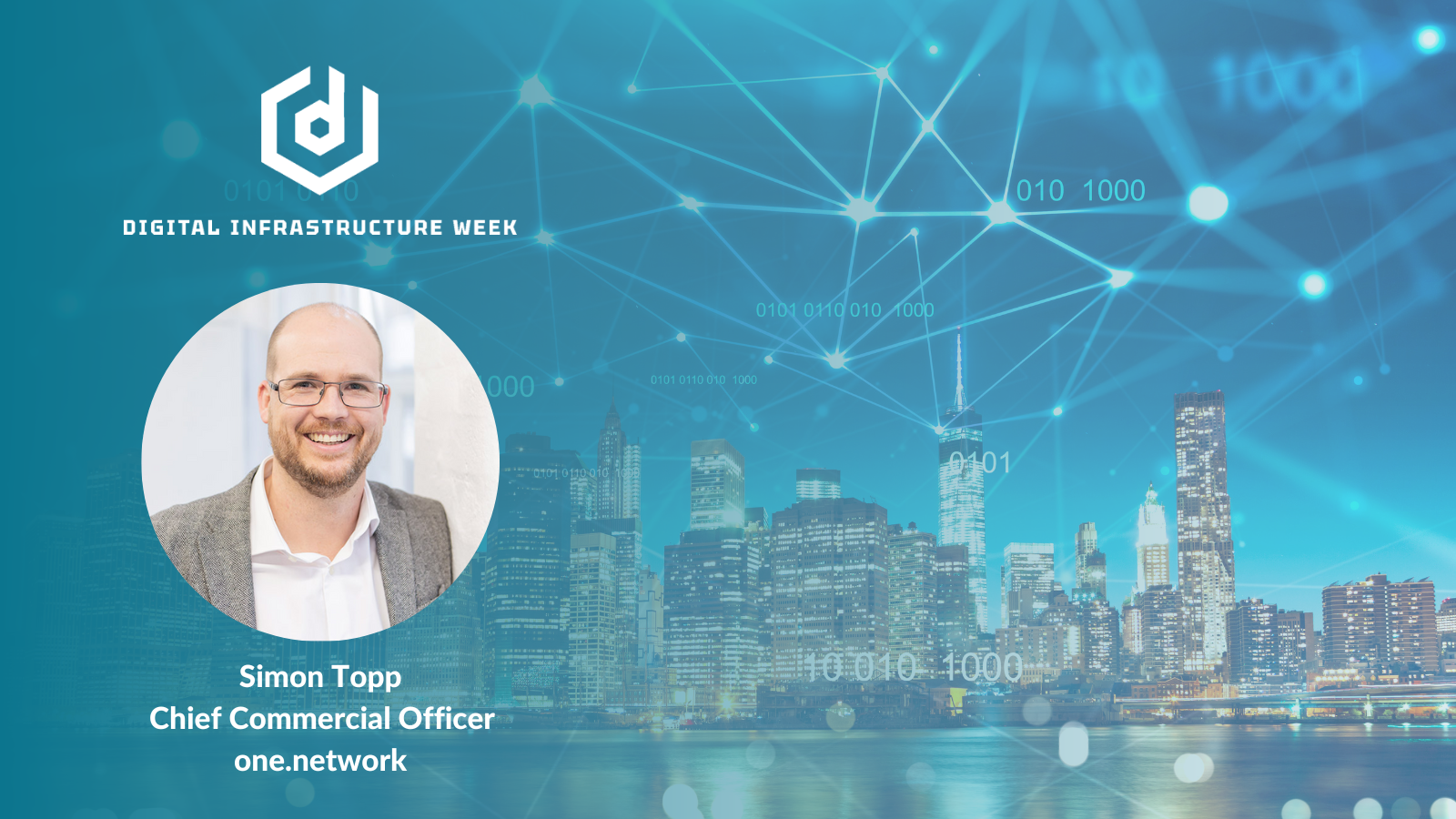Digitizing the Work Zone is the Key to Greater Safety
Charles Scanlon has saved thousands of lives.
In 1940 when he was painting streets in Los Angeles, he designed a conical marker to keep people from driving over his fresh paint. Three years later, he patented the rubber traffic cone that has become so ubiquitous on American roads. But in 2023, Mr. Scanlon and his invention can’t be solely responsible for safety around work zones. The traffic world has changed dramatically in 80 years. The American population has soared, and deaths on American roads have nearly doubled.
LA DOT and the Transportation Infrastructure of the Future
At a time when dockless scooters and delivery robots are available with the click of a button, driverless vehicles are being tested on our streets, and advanced aerial mobility seems just around the corner, it is clear that our transportation system is in a state of rapid evolution. As transportation professionals, one of the biggest challenges we face is managing legacy infrastructure while responding to these new demands in real-time. The investments we make must both repair and maintain the roads signs, and signals we rely on while also building the infrastructure that will allow new modes to come into our cities.
The New Infrastructure: A Once-in-a-Generation Opportunity to Improve Citizen Outcomes
‘‘The 2020’s will be one of the most transformative periods in transportation.” USDOT Secretary Pete Buttigieg, March 23, 2022.
Secretary Buttigieg’s quote from SXSW succinctly captures the sea change that we expect to experience in the coming decade. What makes this change transformative is the close connection between transportation, public safety, economic strength, equity, and sustainability. With a once-in-a-generation investment in U.S. infrastructure underway, this vision now has the financial backing to become reality.
Paving the Way for Smart Roads
Smart roads incorporate technology to improve safety, reduce congestion, and enhance the overall driving experience.
Creating More Efficient Transportation Systems and Safer, More Equitable Personal Mobility Through Digital Infrastructure
Given recent technological advances, digitizing dynamic elements of road infrastructure can have an immediate impact on mobility and safety, while also making travel more personalized and convenient.
The HERE and NOW for Digital Infrastructure
Laying a foundational digital layer is the next evolution of traditional infrastructure as technology advances. We can revolutionize our approach to roadways and infrastructure through an augmented approach to existing physical infrastructure that blends the strengths of physical, digital, and operational infrastructure with mobility data, including GPS data, Bluetooth, connected vehicles, smart roadway sensors, and more.
Building Smarter, Safer Roads: How Digital Infrastructure Can Transform Transportation in the United States
We know the challenges that currently exist in our transportation system with respect to safety, equity, climate and congestion. And we know the limitations of physical road design in addressing these challenges. Digital infrastructure, whether it’s technology, data, or communications, has the potential to address all of the challenges and transform how we get around in this country.
From Typewriters to Laptops: Digitization Means Flexible Hardware and Software Solutions
Kurtis McBride, CEO of Miovision, reflects on transitions from hardware-centric approaches to a software-centric model, where a powerful, flexible hardware platform delivers a growing array of solutions via hardware.
Digital Infrastructure Week
“Isn’t infrastructure roads and bridges? How is technology infrastructure?” Digital infrastructure represents a fundamental shift towards a more interconnected and data-driven transportation ecosystem that better meets the needs of all.
ITS America and its Partners Kick Off Digital Infrastructure Week
Today, ITS America along with its members and partners kicked off Digital Infrastructure Week as a part of the Infrastructure Week event. The goal of the event is to raise awareness of the role digital infrastructure and investments in technology will play in creating more commutable, efficient, and safer cities.










